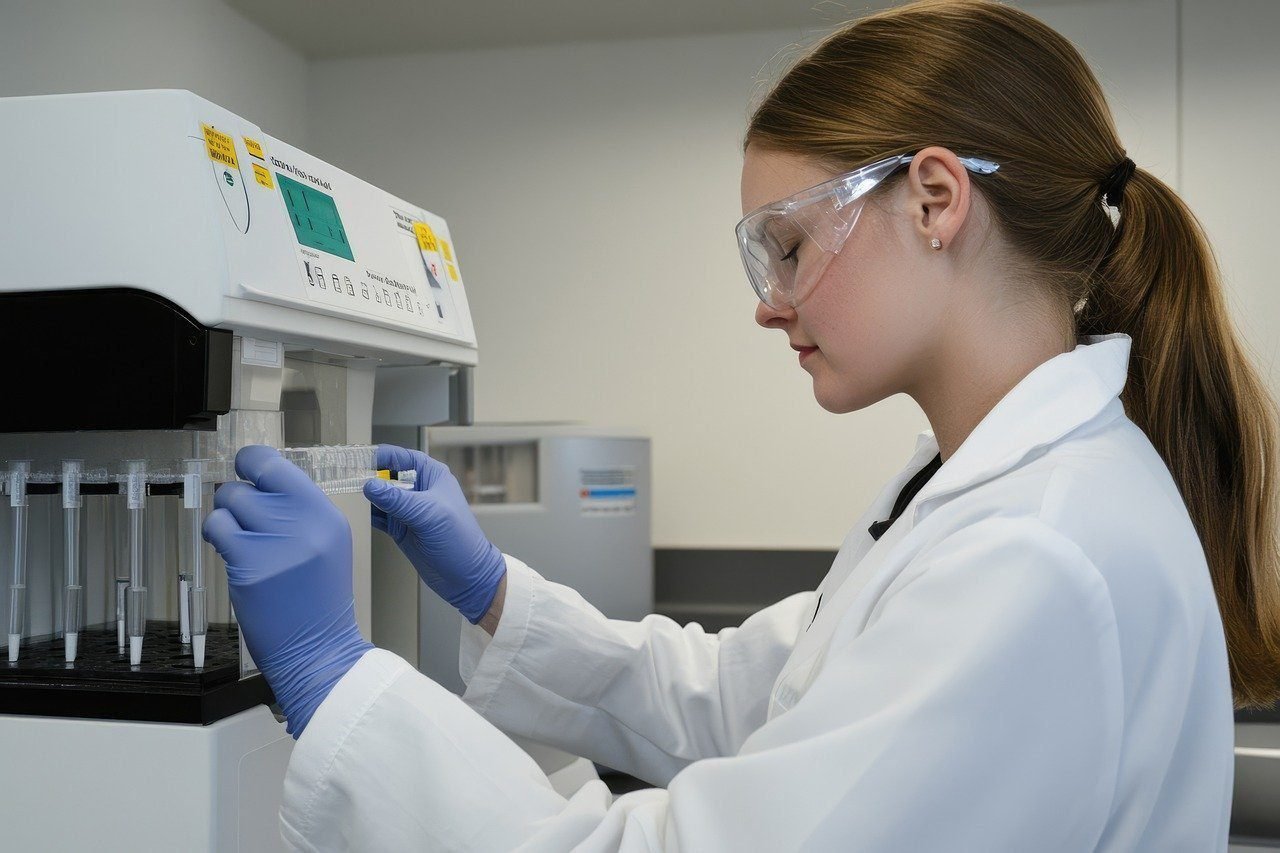The world of diagnostic testing is evolving rapidly, driven by technological breakthroughs and an ever-increasing demand for more accurate, efficient, and patient-centered testing options. As laboratories strive to improve patient outcomes and optimize operations, new diagnostic incorporating cutting-edge methodologies are paving the way for a more advanced era of clinical testing. In this blog post, we’ll delve into some of the most promising emerging technologies that are revolutionizing diagnostic test kits and shaping the future of the clinical laboratory.
1. Molecular Diagnostics and PCR Advancements
Molecular diagnostics, which analyze genetic material to detect diseases at the molecular level, have transformed our ability to diagnose infections and genetic conditions. Polymerase Chain Reaction (PCR)-based tests have long been a mainstay in molecular diagnostics, and recent innovations have made them even more accessible and efficient. New PCR kits often feature faster turnaround times, smaller reaction volumes, and improved reagents that enhance sensitivity and specificity. As a result, clinical laboratories can now detect pathogens and genetic markers more quickly and accurately than ever before.
2. Next-Generation Sequencing (NGS) for Precision Medicine
Next-Generation Sequencing is no longer confined to large research institutions—it’s now finding its place in routine clinical testing. NGS-based diagnostic test kits enable comprehensive genetic profiling of pathogens, tumors, and inherited diseases, helping clinicians tailor treatments to individual patients. By identifying specific genetic mutations, these kits facilitate precision medicine, where treatments can be optimized based on each patient’s unique genetic makeup. As NGS platforms become more cost-effective and user-friendly, we can anticipate their growing presence in everyday diagnostic workflows.
3. CRISPR-Based Diagnostics
CRISPR gene-editing technology isn’t just limited to therapeutic applications—it’s also making waves in diagnostics. CRISPR-based diagnostic test kits leverage the technology’s ability to precisely target and bind to specific DNA or RNA sequences. These kits can rapidly identify pathogens such as viruses and bacteria with remarkable accuracy. The portable nature of these kits and their minimal equipment requirements enable point-of-care testing, thereby revolutionizing CRISPR diagnostics in remote or resource-limited settings.
4. Microfluidics and Lab-on-a-Chip Platforms
Microfluidic “lab-on-a-chip” systems are shrinking entire laboratory processes onto a palm-sized device. These platforms integrate sample preparation, reagent mixing, and detection into a single, closed system. By using minute volumes of samples and reagents, microfluidics can significantly reduce testing costs and waste. They’re also more portable and require less manual intervention, making them ideal for rapid, near-patient testing and potentially transforming how clinical laboratories approach diagnostics.
5. Digital and AI-Enhanced Diagnostic Solutions
Artificial intelligence (AI) and machine learning are increasingly being incorporated into diagnostic test kits and platforms. These tools can analyze complex data patterns, interpret test results, and even predict patient outcomes. Digital imaging of samples combined with AI-driven image analysis ensures that subtle diagnostic markers—such as faint bands on immunoassays or rare abnormal cells on a slide—are identified with greater precision. Over time, as algorithms improve through machine learning, AI will further enhance diagnostic accuracy and reproducibility.
6. Biosensors and Wearable Diagnostics
Wearable diagnostic devices and biosensors are redefining how clinicians and patients view testing. Instead of waiting for scheduled lab visits, patients can continuously monitor their health indicators—glucose levels, cardiac biomarkers, or hormone fluctuations—at home. Biosensor-based test kits can transmit data to healthcare providers in real-time, allowing for proactive intervention and personalized treatment adjustments. As biosensors advance, we can expect more at-home diagnostic solutions that bridge the gap between clinical labs and everyday patient life.
7. Multiplex Testing for Comprehensive Screening
Traditional diagnostic test kits often target a single analyte, but newer multiplex platforms can detect multiple pathogens, biomarkers, or genetic variants from a single sample. This not only improves diagnostic yield but also reduces the time, cost, and complexity associated with running multiple individual tests. Multiplexed assays are especially valuable in public health scenarios—such as respiratory infection panels or sexually transmitted infection screenings—where clinicians need a broad, simultaneous view of potential diagnoses.
In Summary: Emerging technologies are propelling diagnostic test kits into a new era of precision, speed, and accessibility. From molecular diagnostics and CRISPR-based assays to AI-enhanced analysis and wearable biosensors, these innovations are streamlining workflows, improving patient outcomes, and driving the shift toward truly personalized medicine. As these cutting-edge solutions become more widely adopted, clinical laboratories and healthcare providers alike will be empowered to deliver more accurate, timely, and patient-centric diagnoses than ever before.


